Golf chipping fault fixer
Golf Monthly Top 25 coach Paul Foston brings you a chipping fault fixer to tidy up your short game around the green.
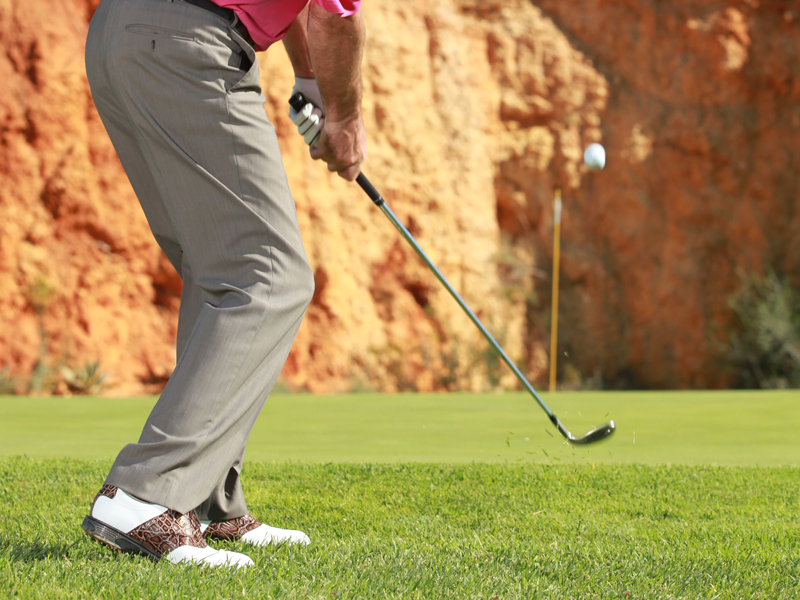

Golf Monthly Top 25 coach Paul Foston brings you a chipping fault fixer to tidy up your short game around the green.
Hanging back at impact
One fault that many amateurs make is to hang back as they strike the ball. This often stems from a desire to help the ball into the air, but can cause fat and thin shots.
If your weight is on the back foot through impact, your body rotation will stop and your hands will start to flick the club at the ball.
The good news is this common fault has a simple fix. Hit some shots with your right heel lifted off the ground.
This will move your weight more towards your left side. As you play the shot, focus on rotating your upper body through the ball so that your chest faces the target at the finish. This will help you find a more consistent strike and a much better flow to the stroke.
Get the Golf Monthly Newsletter
Subscribe to the Golf Monthly newsletter to stay up to date with all the latest tour news, equipment news, reviews, head-to-heads and buyer’s guides from our team of experienced experts.
Lack of feel
To play short shots consistently well, you need to maximise your natural feel. To do that, you’ll require a lot of softness in your body.
It’s very easy, especially under pressure, to let tension creep in. When chipping, I often see that tension causes a straightening of the elbows and knees through the shot.
This will not only make good distance control hard to come by, but it also makes poor strikes far more likely.
To counter this, you need to relax your knees, arms and shoulders as you address the ball. Then, allow your body to turn through the shot – as I do this you’ll notice that my arms come in towards my rib cage with no tension at all. By having this softness, you’ll maximise your feel for those delicate little chip shots.
Lack of consistency
As with every other aspect of the game, the key to becoming a good chipper is consistency. That’s why you need to develop a technique that enables you to make the most of your wedge’s bounce.
Old-fashioned short-game coaching taught people to move the ball back in the stance and push the hands forward at address.
However, this removes the bounce (the part of the wedge that prevents digging through impact). A great drill that forces you to use the bounce is to hit some one-handed chips.
Set the ball in the middle of your stance at address, and think of the club as an extension of the left arm. Allow the wrists to hinge on the backswing and through impact, this ensures the clubhead passes the left wrist as you strike the ball.
Deceleration
The next issue to address in this chipping fault fixer is the classic fault of decelerating, which is one that we all know to avoid. However, when the pressure’s on, it can all too often creep in.
The club must accelerate through impact – any loss of speed will result in a duffed chip. When you play the shot, ensure that your follow-through is longer than your backswing.
This will help keep the clubhead accelerating through impact. It’s a very simple thought, but one that will pay off, especially when you’re under pressure.

Tom Clarke joined Golf Monthly as a sub editor in 2009 being promoted to content editor in 2012 and then senior content editor in 2014, before becoming Sports Digital Editor for the Sport Vertical within Future in 2022. Tom currently looks after all the digital products that Golf Monthly produce including Strategy and Content Planning for the website and social media - Tom also assists the Cycling, Football, Rugby and Marine titles at Future. Tom plays off 16 and lists Augusta National (name drop), Old Head and Le Touessrok as the favourite courses he has played. Tom is an avid viewer of all golf content with a particularly in depth knowledge of the pro tour.
-
 'Welcome To The Club' - Tiger Woods Leads Praise For Rory McIlroy After Masters And Grand Slam Glory
'Welcome To The Club' - Tiger Woods Leads Praise For Rory McIlroy After Masters And Grand Slam GloryA host of famous sports stars and celebrities have been quick to praise the Northern Irishman after his incredible victory at Augusta
By Michael Weston Published
-
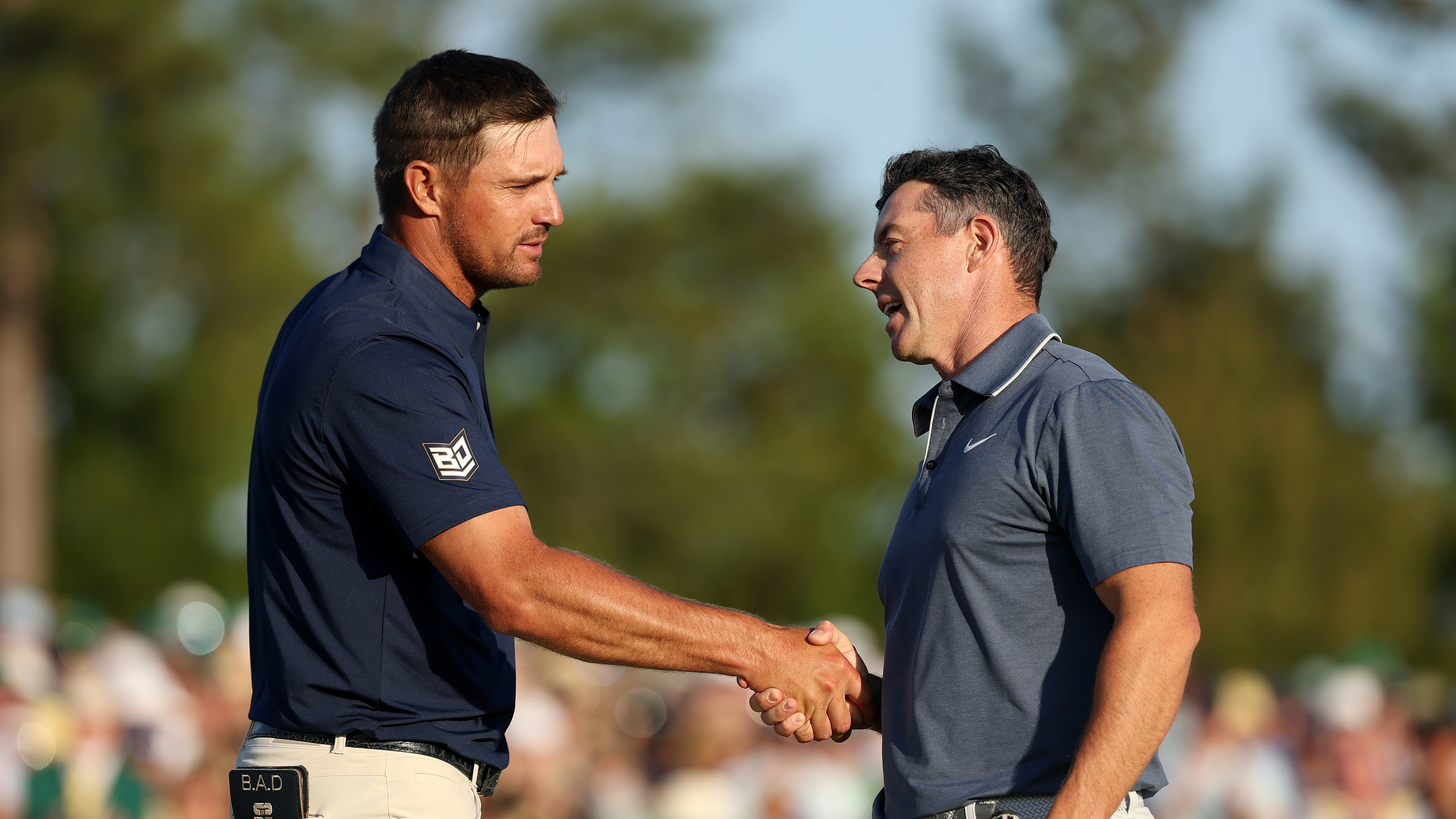 'He Wouldn't Talk To Me' - Bryson DeChambeau Reveals Rory McIlroy Dynamic During The Masters Final Round
'He Wouldn't Talk To Me' - Bryson DeChambeau Reveals Rory McIlroy Dynamic During The Masters Final RoundAfter a disappointing Sunday at The Masters, DeChambeau shared that McIlroy was so focused en route to victory that the pair barely exchanged words all day
By Jonny Leighfield Published
-
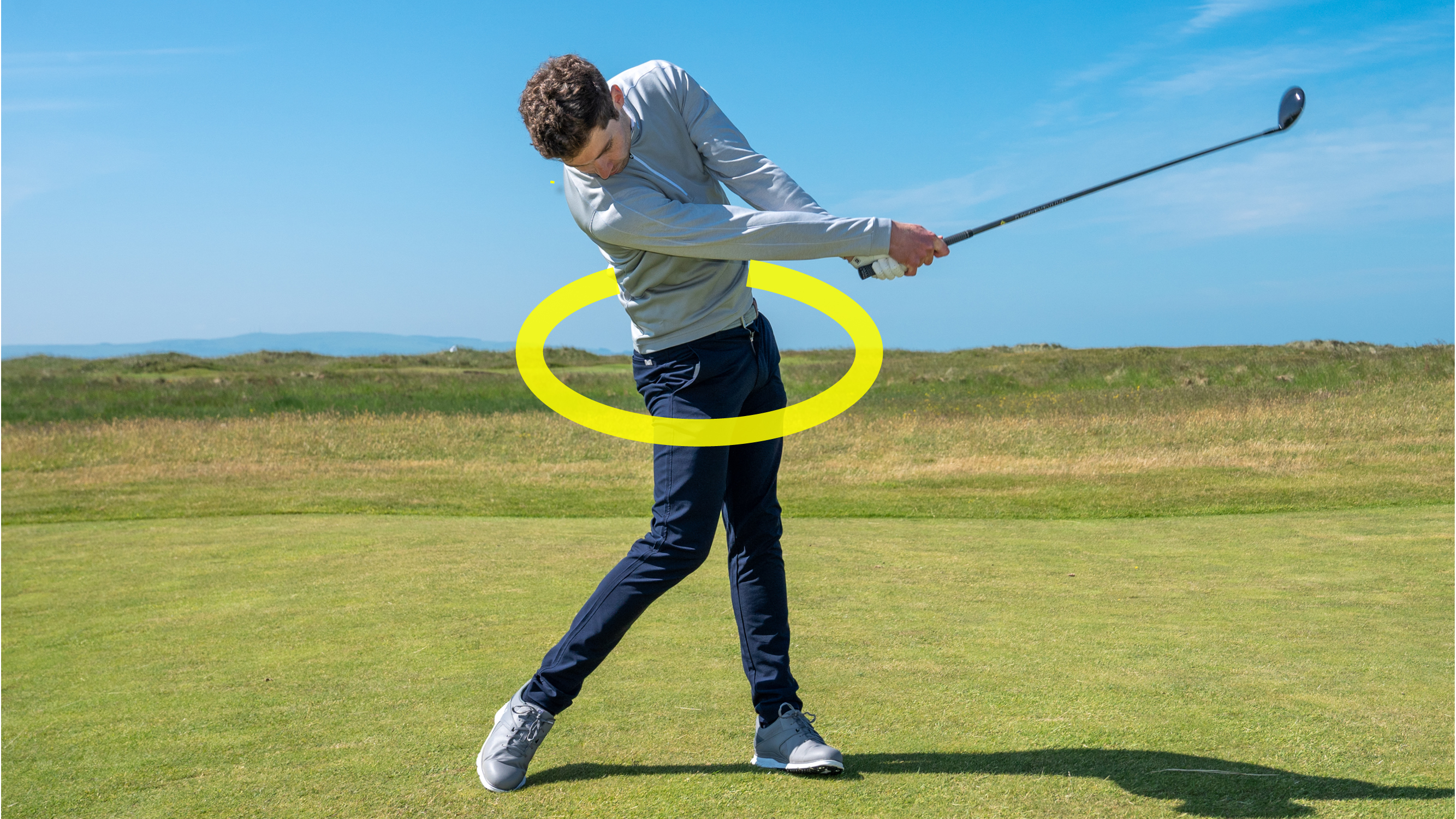 What Is Connection In The Golf Swing?
What Is Connection In The Golf Swing?We ask what Is connection in the golf swing and offer some simple tips for how to hone it
By Paul Foston Published
-
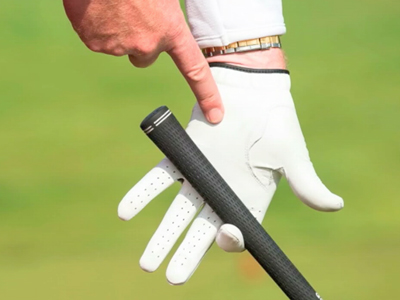 How Do You Grip A Golf Club?
How Do You Grip A Golf Club?'How do you grip a golf club?' is a question that so many beginners ask when taking up the game, but a quick refresh can be useful for golfers of all abilities
By Paul Foston Published
-
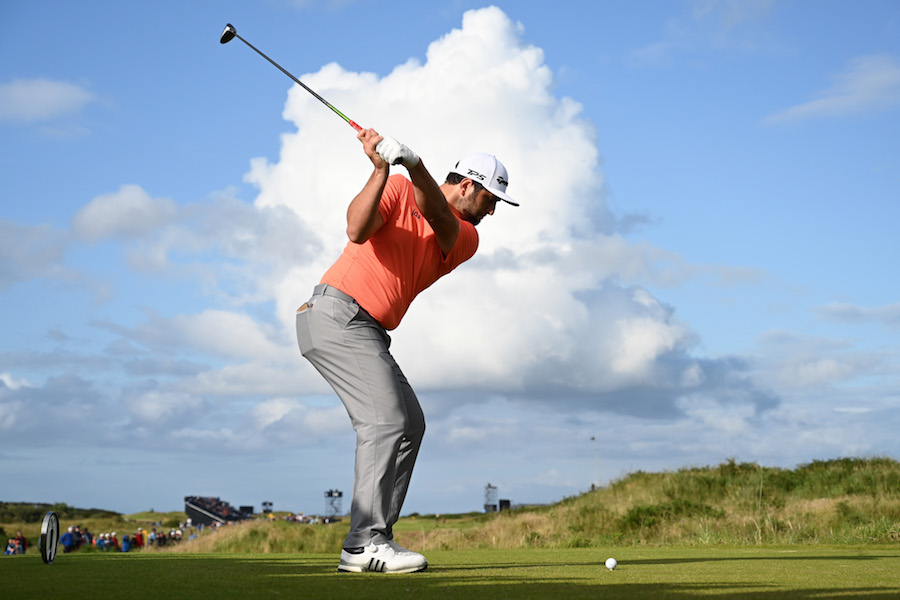 What is 'coil' in the golf swing?
What is 'coil' in the golf swing?By Neil Tappin Published
-
 What is dynamic balance in golf?
What is dynamic balance in golf?By Neil Tappin Published
-
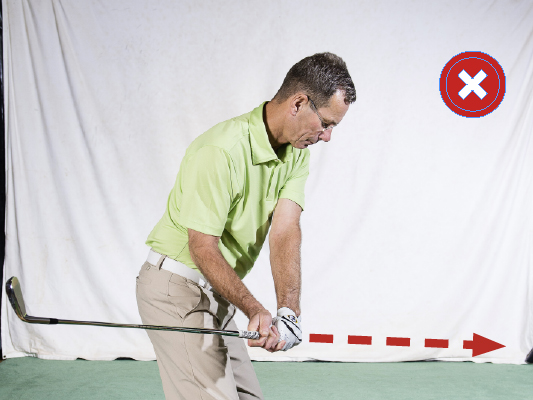 What does 'trapped on the inside' mean?
What does 'trapped on the inside' mean?By Neil Tappin Published
-
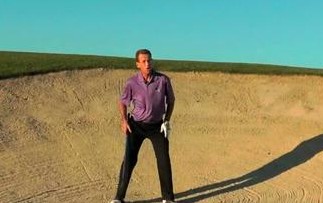 Release 'under' for better bunker shots
Release 'under' for better bunker shotsGolf tips: Golf Monthly Top 25 Coach Paul Foston explains the basic golf bunker technique for simple sand escapes
By Golf Monthly Published
-
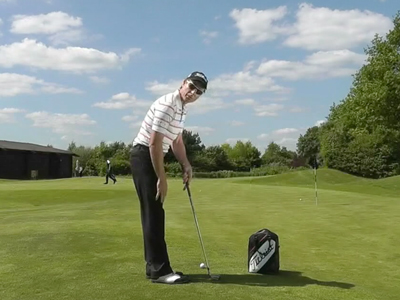 Chip and run shot video
Chip and run shot videoEuropean Tour player Brett Rumford talks through how to play the greenside chip and run shot.
By Thomas Patrick Clarke Published
-
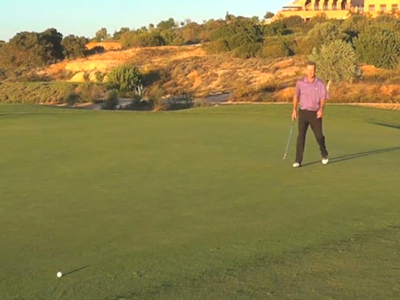 Putting through shadows video
Putting through shadows videoGolf Monthly Top 25 coach Paul Foston has some tips on putting through shadows and how to pick the correct line when the sun is low in the sky.
By Thomas Patrick Clarke Published